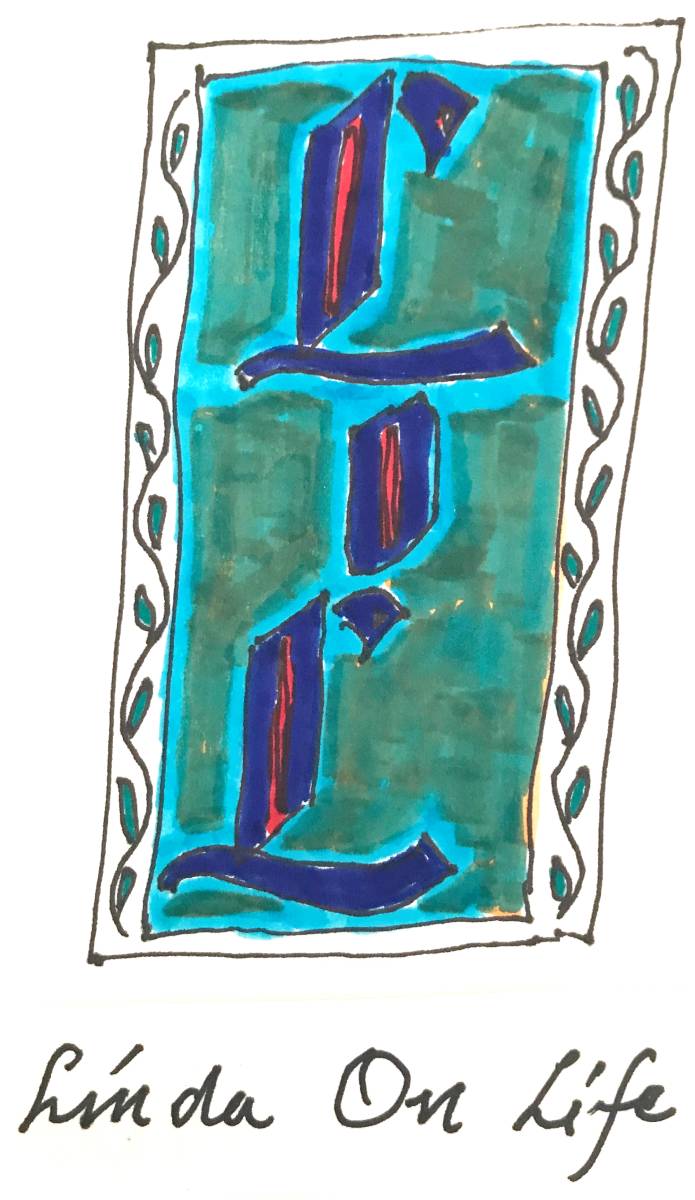Miles From Motown by Lisa Sukenic
I spend a lot of time reading children’s books. My colleagues and I have spent many years choosing books for a Global Reading Challenge in our school. In the past couple of years our students said that they wanted more than just to read books and answer superficial questions about the books in teams, they wanted to spend more time with the books we selected. So, we started doing what we call deep dives. That is taking time to teach books that we felt would expose our children to cultures and ideas that they did not know. We had been including a novel in verse in our repertoire each year, but last year my colleague and I decided that during poetry month we would do an entire unit on the genre. Along with teaching children many elements of poetry and how to read and write poems, we put them in groups and we asked them to discuss the books in clubs. So, the children fell in love with the genre. Who would not when you see the great books that are out there. I read one book to the class, which we dissected together. Miles from Motown is a book that I would choose to read aloud to the class to model discussion and dissecting and really delving into it, because it is a novel in verse that is historical fiction. It is largely told in free verse with a mention of Ransome poems (this is a kind of poem in which you take random parts of existing texts and cut parts out to create a poem). In this way, I can teach about the Vietnam war, and Muhammad Ali as well as some of the items listed in the story as background. Showing children items that are no longer in existence can help them grasp the storyline better. I would also share poems referred to in the book.
I love the way Lisa Sukenic starts the story in the classroom with sounds and images of the ceiling fan spinning, and the spokes of the bicycle turning. These wheels pull me back into my summers as a child. Miles From Motown feels like summer in the 70s and the carefree way in which children could go where they wanted without worry. They were more independent and had time to do their own thing and just hang out with friends. At least more so than now. Georgia, the main character, a Black girl who has just ended sixth grade, has this sort of life. Even though she is not happy to move from Detroit, or to have to spend part of her day at the local community center, or to leave her best friend behind with whom she shares a lot including her love of Aretha Franklin’s music, it is Detroit after all. However, she has a loving supportive family that believes she can adjust and will help her to do this.
In addition to being an homage to the city of Detroit, Miles from Motown is an homage to the Black poet Gwendolyn Brooks. Sukenic pays tribute to her power as a poet to inspire and lead the way for so many other poets that came after her, through her main character Georgia. She shows us how important it is for young Black children to have role models to inspire them. Ms. Brooks certainly inspired many people. I heard her read her poems on several occasions and she paved the way for many of the Black and feminist poets that have followed her. Ms. Brooks gained fame for her poetry collection Bronzeville Boys and Girls, referred to in the novel. She was the First Black Pulitzer Prize winner (1950) and Illinois Poet Laureate from 1968 until her death in 2000. Georgia is a determined girl who thinks up poems all the time. We can understand how she is just the kind of girl that would be inspired by Ms. Brooks. She keeps a notebook in which she writes her poems. She is honorable and determined and enters a contest sponsored by the illustrious Ms. Brooks that is still going on today. Yes, there is a catch. Georgia moves out of Detroit just as she enters, so she is technically entering without being from Detroit, a qualification of the contest. I hope that children read this book and are inspired to enter the contest just as Georgia does.
The story is set against the backdrop of the Vietnam war and there are some tensions created with her family moving into a predominantly White suburb. These are things that Georgia’s parents try to protect her from. This was a time when parents tried to shield their children from the problems of the world at the same time that they gave their children more personal freedom. Today parents are more likely to prevent their children from going out on their own, but share more adult worries. It is also a story of the interracial friendship Georgia develops in her new community. While she and Naomi seem different at first because Naomi is Jewish and plays ball instead of writing poetry, they find enough things to do together to develop a friendship. Having different skin colors, religions and interests does not interfere with them getting along. That is because they are both just good people. Thank you to Lisa Sukenic for telling this story with her lovely free verse voice. I really enjoyed it and believe that the children that read it will too.

